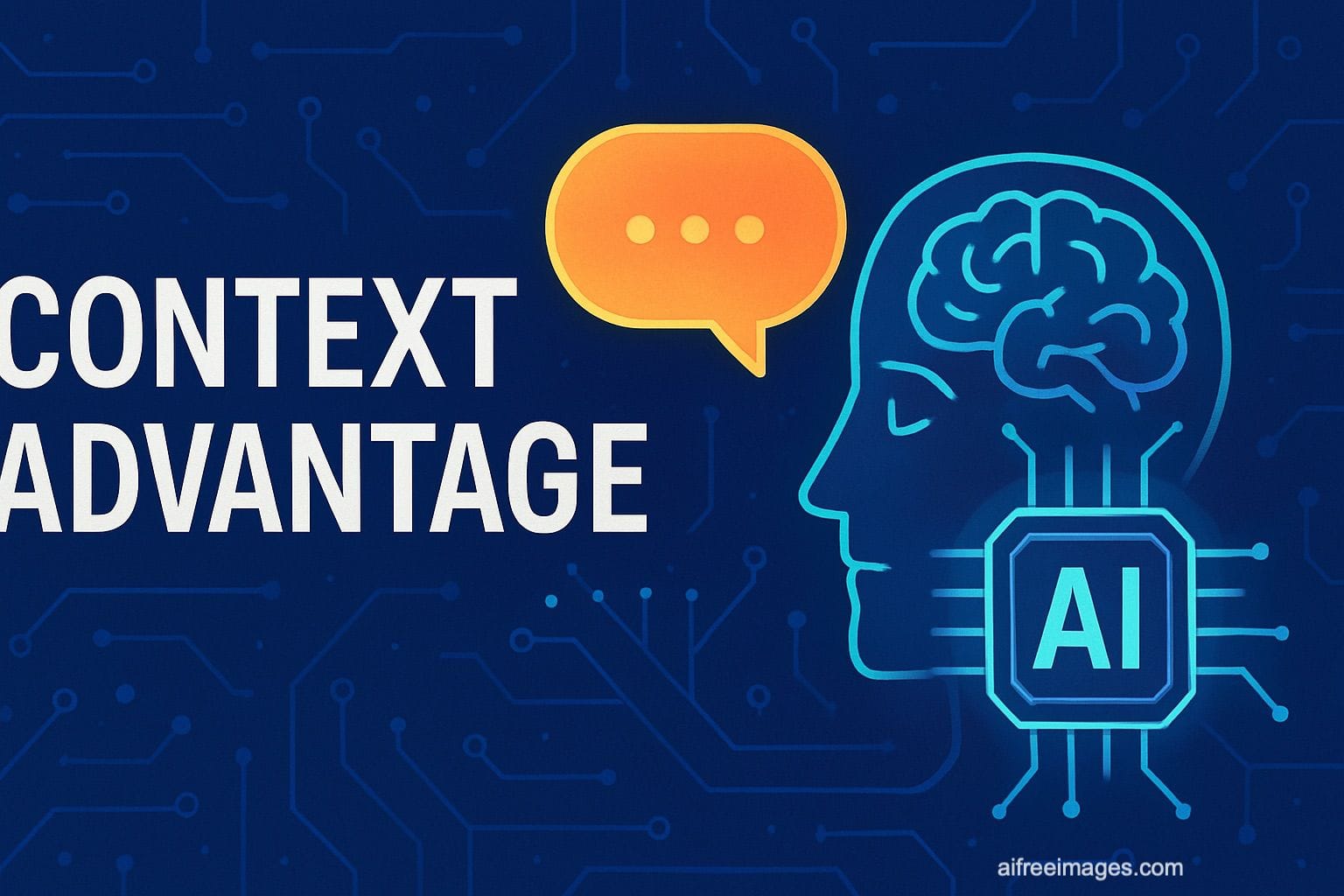In the current landscape of artificial intelligence, where generative models like ChatGPT, Gemini, Claude, and Llama are increasingly integrated into corporate environments, one of the most relevant — and often misunderstood — technical concepts is the context window. Its impact goes far beyond the technical realm: it directly affects the real utility of a model in complex business processes.
What is a context window, and why should your business care?
The context window represents the maximum number of tokens (text units) that a language model can process and take into account simultaneously. It is, in essence, its “working memory.”
For an organization using AI to analyze contracts, assist in legal processes, review medical records, or generate financial reports, this limit determines how much the model can understand at once, and thus, its ability to generate useful, accurate, and coherent responses.
Current comparison between leading models
| Model | Context Window | Key Business Applications |
|---|---|---|
| GPT-4 Turbo (OpenAI) | 128,000 tokens | Document analysis, coding, advanced customer support |
| Claude 3 Opus (Anthropic) | >200,000 tokens | Processing large volumes of legal text, audits |
| Gemini 1.5 Pro (Google) | Up to 1 million* | Massive use cases in healthcare, insurance, logistics (*technical preview) |
| Llama 3 (Meta) | 8,000–32,000 tokens | AI embedded in internal systems, open-source projects |
| Mistral (open source) | 8,000–16,000 tokens | Lightweight integrations with on-premise control |
📌 A legal document of 100 pages can contain between 60,000 and 100,000 tokens, depending on the format.
📊 1 million tokens is approximately equivalent to 750,000 words or more than 1,000 pages.
Real Impact on Business Processes
The applications of generative AI in the corporate world largely depend on this parameter:
- Customer support: A chatbot that cannot maintain context over multiple customer interactions will offer an inconsistent experience.
- Legal and compliance: A model with limited contextual capacity may “miss” critical clauses when summarizing or analyzing contracts.
- Healthcare and insurance: Processing medical histories or policies requires a broad context to avoid misinterpretation errors.
- Financial analysis: Generating reports from multiple data sources demands a model capable of reading and cross-referencing large volumes of information.
Context Window and Operational Costs
A larger window allows for greater capacity… but also higher processing costs. Companies must balance:
- Complexity of the use case
- Required accuracy
- Expected performance
- Cost per query or per token
Models with more tokens are generally more expensive per query, but they also reduce the number of calls needed to obtain a coherent response.
Additionally, many providers are developing dynamic context tools (like integration with databases, internal search engines, or vector systems) to extend context without increasing the number of tokens.
Strategies for Businesses: How to Leverage This Concept
- Choose the right model for each workflow: Not all processes require 100,000 tokens. Sometimes, less is more if the model is well-trained.
- Combine AI with retrieval-augmented generation (RAG): Use hybrid systems that “feed” the model with the precise and necessary information according to each query.
- Evaluate the TCO (total cost of ownership): More tokens can translate to fewer API calls, better performance, and greater user satisfaction.
- Invest in data preparation and prompt engineering: The better the input structure, the more efficient the use of the context window will be.
- Establish usage governance: Monitoring context usage is key to detecting deviations, security risks, and optimizing resources.
Conclusion: It’s Not Just a Technical Limit; It’s a Strategic Decision
In an environment where every second counts, and where the accuracy of information can make the difference in an audit, a medical decision, or a legal claim, understanding and properly managing the context window can provide a real competitive advantage.
As models advance toward multimodal capabilities and persistent memories, this concept will continue to evolve. But today, choosing the right model, with the appropriate context window well integrated into business workflows, is key to achieving a clear and measurable return on investment in artificial intelligence.

